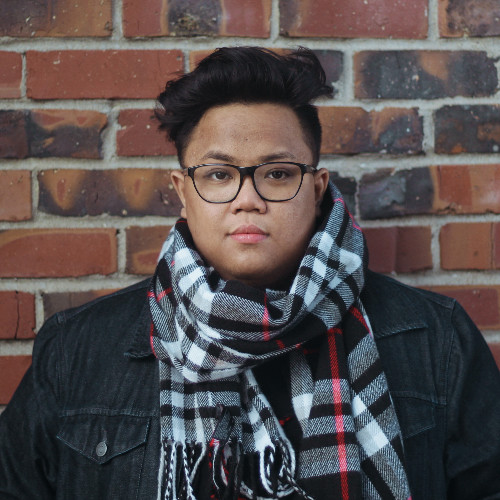聚光灯
认识食品和产品摄影师艾丽西亚
“Keep on being curious, keep on wanting to learn and to hone your craft, because the learning never ends.”
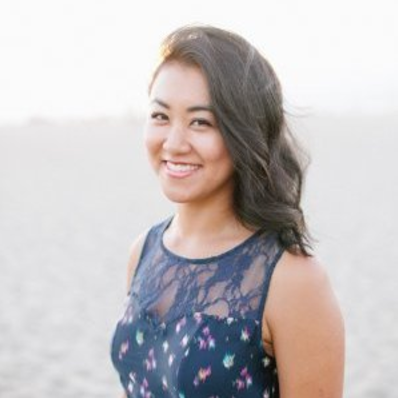 Alicia Cho is a self-taught freelance food photographer based in Los Angeles and operating through her very own, Alicia Cho Photography. Coming from an educational background in Finance studies, through her own initiative and industriousness Alicia has successfully shaped a career which marries her natural talent for storytelling with an extremely relatable passion for food! Five years of experience working in Film and TV production as a 2nd Assistant Director on hit shows such as The Office and 90210, later led to building a professional photographer’s portfolio in collaboration with Blue Bottle Coffee as Alicia ventured into specialization as a food photographer. To date Alicia has shared her artistic portrayals of culinary masterpieces produced by various restaurants in LA and NY, developed the story of an e-commerce food company: Thrive Market, and contributed to several prominent food and lifestyle magazines.
Alicia Cho is a self-taught freelance food photographer based in Los Angeles and operating through her very own, Alicia Cho Photography. Coming from an educational background in Finance studies, through her own initiative and industriousness Alicia has successfully shaped a career which marries her natural talent for storytelling with an extremely relatable passion for food! Five years of experience working in Film and TV production as a 2nd Assistant Director on hit shows such as The Office and 90210, later led to building a professional photographer’s portfolio in collaboration with Blue Bottle Coffee as Alicia ventured into specialization as a food photographer. To date Alicia has shared her artistic portrayals of culinary masterpieces produced by various restaurants in LA and NY, developed the story of an e-commerce food company: Thrive Market, and contributed to several prominent food and lifestyle magazines.
Tell us about your career story. How did it begin and how has it evolved? What industries and companies have you worked with so far?
I have a very, I think, atypical photographer story. In college I actually studied finance, and did a concentration in digital arts and media. However, while in college I got the chance to work as a set intern on a movie by Mike Judge called Idiocracy, and that’s how I first got into Film and TV production. What drew me to that was storytelling, and that has been an underlying theme in everything that I’ve done since.
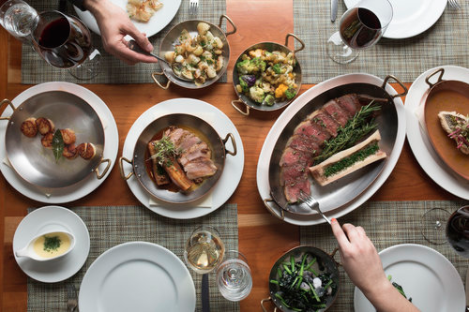 After finishing my time in Film and TV production, my lifelong passion for food led me into the specialty coffee industry, and I worked for Blue Bottle Coffee as I was building my portfolio and really honing in on what kind of photography I wanted to focus on. Over my career I’ve tried everything that I was even slightly interested in, from shooting weddings, to red carpet photography, to assisting in fashion photography, to event photography. But through my experience working in the food industry and meeting other food professionals, chefs, baristas, mixologists, I was really drawn to telling their story and sharing with the world my viewpoint of the food that I experienced and the people that I shared it with.
After finishing my time in Film and TV production, my lifelong passion for food led me into the specialty coffee industry, and I worked for Blue Bottle Coffee as I was building my portfolio and really honing in on what kind of photography I wanted to focus on. Over my career I’ve tried everything that I was even slightly interested in, from shooting weddings, to red carpet photography, to assisting in fashion photography, to event photography. But through my experience working in the food industry and meeting other food professionals, chefs, baristas, mixologists, I was really drawn to telling their story and sharing with the world my viewpoint of the food that I experienced and the people that I shared it with.
Throughout the three and a half years that I have worked as a freelance photographer, I have mainly focused on food editorials and also commercial food photography. Some of my past clients include Thrive Market, Wolfgang Puck, various local restaurants such as Zinc Cafe and Bar, Tom Colicchio’s Craft Los Angeles, and also different commercial food products, like Jackson’s Honest chips. I have also contributed to different publications like Time Out Los Angeles, and Life and Thyme, and The Everygirl magazine.
What about the lady behind the camera? What influenced you to become a professional photographer? What do you enjoy doing during your free time?
I think a big part of it was that I grew up in a pretty big family… I’m the youngest of 4 daughters. So I learned how to listen to and observe my very interesting and inspiring sisters, as well as having parents who always supported me in my creative and other interests. A big part of our childhood centered around cooking together in our large household, and I think this ties into a major part of being a food photographer, which is constantly being inspired and finding a story. Also, just having such a strong support group gives you confidence in what you’re shooting and in your style, allowing you to keep on shooting despite bumps in the road or people who may criticize your style. Some things that I like to do for fun are hiking, cooking, hanging out with my family and my friends, and also just checking out new coffee shops (I’m a bit of a coffee fiend!)
Which photographers or artists influence your craft as a photographer?
Growing up, I really had an interest in French food and culture. So while in high school I went to France for a summer, and in college I spent a whole year in Paris studying abroad. Photography had always been a hobby for me, but at that point it really became a meaningful way for me to remember the time I spent in France. One photographer I really began to admire during that time was Robert Doisneau who was pretty big in the 1930s and had a great style of capturing human street photography in Paris in a very romantic way, which has influenced my own approach to shooting people. More current artists I look to for inspiration are Gentl and Hyers, a husband-wife team based in NY who do amazing things with light and have great style. Also Ditte Isager, who has a beautiful aesthetic in her still-life and tablescapes.
Take us to a typical photoshoot. What does a typical day as a photographer look like?
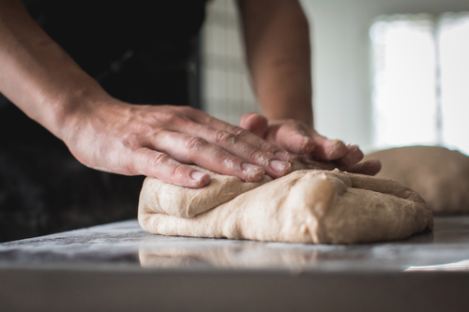 It really varies according to the project, but if I were to work with a restaurant, I work closely with either their public relations agency or their communications/marketing team to get a sense of the type of photos they need, whether it be for their website or social media. This usually leads to coming up with a shot list tailored to the different dishes they want to shoot, and if they want interiors or portraits. I usually work with an assistant and a food stylist on bigger shoots, sometimes we try the food, which is great, and constantly keep communication with the chef to make sure we are on the same page. A lot of the work is then done at home when I’m editing. On days when I’m not shooting, it is a lot of business development and maintaining relationships with previous clients.
It really varies according to the project, but if I were to work with a restaurant, I work closely with either their public relations agency or their communications/marketing team to get a sense of the type of photos they need, whether it be for their website or social media. This usually leads to coming up with a shot list tailored to the different dishes they want to shoot, and if they want interiors or portraits. I usually work with an assistant and a food stylist on bigger shoots, sometimes we try the food, which is great, and constantly keep communication with the chef to make sure we are on the same page. A lot of the work is then done at home when I’m editing. On days when I’m not shooting, it is a lot of business development and maintaining relationships with previous clients.
你认为什么技能对从事像你这样的职业的人来说是很重要的?
I think having the eye and the technical skills are very important, as they are the foundations of understanding photography. Just as important, though, is what you bring to your style in terms of how you interpret and observe food, how you eat it, portraying the most appetizing aspects. That’s what it comes down to, because clients want to attract customers to come to their restaurant or coffee shop, and get business. So doing research, being curious, knowing the competition posed by other restaurants out there. Just being disciplined, shooting consistently and honing your craft is very important.
你最喜欢你的工作是什么?
A perk of the job is definitely to see beautiful food, photograph it, sometimes eat it. What I like most about my job is that, even though I’m shooting an object, I get to interact and connect with so many different types of people. The exciting part is to meet different chefs and staff, travel to different locations, and meet people who are passionate about their craft.
Has there ever been a moment in your career when you felt like you have found your calling?
I want to share the story of my very first food photography editorial. I found this guy named Zack Hall, under Clark Street Bread on Instagram. He was a very young baker who worked out of his West Hollywood apartment… literally just a simple stovetop oven that everyone has in an LA apartment, but he was creating these beautiful breads, in very much the old fermentation style.
I was inspired to tell his story, so I actually pitched the story to Life and Thyme magazine when they were pretty early in publishing stories. I get to his apartment, and I knew it would be small but literally his entire area of operation was just his kitchen and it was so tight.
He could only bake one big piece of bread at a time so we took a lot of breaks and while we would talk about his story, I tasted his bread. Photographing him working in his space was a big challenge, but in the end the photos turned out to be some of my favorites to this day. So I think the best moments are when you go to a shoot and you’re like “oh shoot, this is not that pretty,” working your way around it and find the right angle so you can avoid some ugly shelf or something like that and finding beautiful shots even in a place that isn’t very “instagram-able”… just being able to overcome that challenge is a great moment.
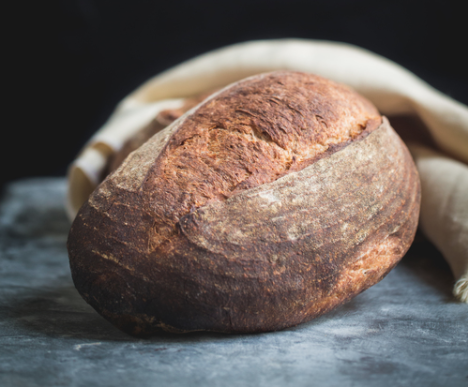
What fuels your passion to continue taking pictures?
I want to bring up this recent docu-series I’ve been watching. It’s called Chef’s Table and it’s on Netflix. Anyone who likes cooking or hearing chef’s stories and watching beautiful cinematography should definitely watch it. In literally the first 5 minutes of the first episode I got really emotional. It’s crazy to think that a docu-series like that can move somebody, but I hope in some ways that through my photography, whether it be of food or a person, I’m sharing a story and I can move people. My reach is kind of limited, but I do have a website through which I am able to share with people all around the world. I just want to share my experiences and food stories that may inspire people to pursue their career as a photographer, a food stylist, a chef, or in any part of the food industry.
We have a few young photographers in the Gladeo network looking for advice from a professional on how to hone their craft, who have come up with a series of lightning round questions...
What are the similarities and differences between shooting inanimate objects and people?
One similarity is that lighting is important for both food and people. Secondly and surprisingly, food has a hero angle just like people. Meaning, there may be a specific item in the dish that the chef wants to focus on, so you may have to adjust to find this angle. Same with people, they may have a particular side that is bad/good, because not everyone’s face is proportional, so it’s about knowing that someone’s eyes may be bigger or smaller on one side, and knowing how to compensate for that.
One of the differences, is that food doesn’t talk back to you. So with food, a lot of the time it’s up to you to find the right angle, tweak the lighting. So it’s a lot of figuring out on your own and also talking to the chef to find the right shot. Sometimes that may be good, sometimes it may be bad, depending on your personality and how you work best as a photographer. And with people, whether they are professionals or not, they may have their insecurities. So being able to overcome that and work with people… just finding their comfort zone and being able to relate with them is important to get a good portrait.
What is your process in representing the client in a picture (for example, the chef)? What is the easiest way to direct someone who is not experienced in posing for pictures?
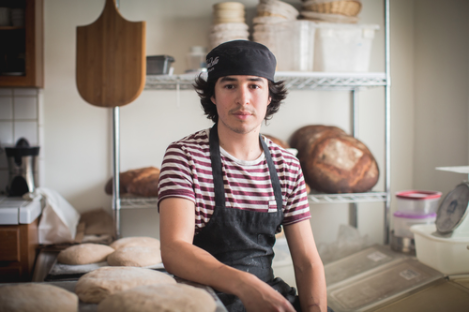 I do a lot of research, either with the chef or their public relations person, to know how they want to be represented to the public. I also try to find other photos that have already been taken of the restaurant if there are any.
I do a lot of research, either with the chef or their public relations person, to know how they want to be represented to the public. I also try to find other photos that have already been taken of the restaurant if there are any.
Then, before I even begin shooting with the camera, I always try to have a short conversation with the chef, get to know them a little bit and get them to feel comfortable with me. I find that most chefs, unless they are celebrity chefs, are not used to being in front of the camera so getting them comfortable in their element is really important. I give them tips on how to pose, etc. since they may not necessarily know how to do this themselves.
What is your creative process in terms of scouting locations or deciding on an overall theme/aesthetic for a shoot?
When a client hires me, they not only hire me for the service of providing photos, but they also hire me because of my artistic vision. So in our initial conversations we really talk about our respective creative visions. Sometimes we even come up with a mutual pinterest board to share inspiration and shots for my reference that they would like for their own project. So we both do our own research then come together to talk.
Do you have any secret tips when it comes to photo editing that you can share with us?
As somebody who didn’t go to photography school and is self-taught, I’ve utilized a lot of online tutorials. One of the biggest sources I’ve relied on is the Creative Live, which are free live classes ranging from tutorials on the basics of photography to more complex photoshop skills. I also search YouTube for certain techniques I’m not too familiar with. I don’t do a lot of heavy editing though, I try to get a lot of it in camera while shooting.
To end our lightning round with what may be the most important question of the interview… we want to know, how can you apply your photography skills to take the perfect instagram-worthy selfie?
(Chuckles) So, currently I am in a nicely filtered window lighting, so it's kind of diffused and very soft. Anything in direct sunlight makes you squinty or shows wrinkles you may have. So finding a nice window light if you can, which is not under direct sunlight, makes a good selfie.
Finally, do you have any last words of advice for our readers who want to follow a career like yours?
As an artist and photographer, it’s very common to get rejected. But don’t let that bring you down… It’s not a personal rejection, it may be that you are not the right fit for a specific client.
So my last three points of advice to you guys are don’t be afraid to ask questions and reach out to people that are more established than you are. You never know, it may turn into a job, or assisting another established photographer on a shoot, or just learning something from them and their years of experience. Another thing is to keep on being curious, keep on wanting to learn and to hone your craft, because the learning never ends. New technology comes out, new cameras come out, styles are always evolving, and you just have to change with the times. Lastly, the most important thing is to keep on shooting.
Check out Alicia’s portfolio and website http://www.aliciacho.com/ for some mouth-watering inspiration!


